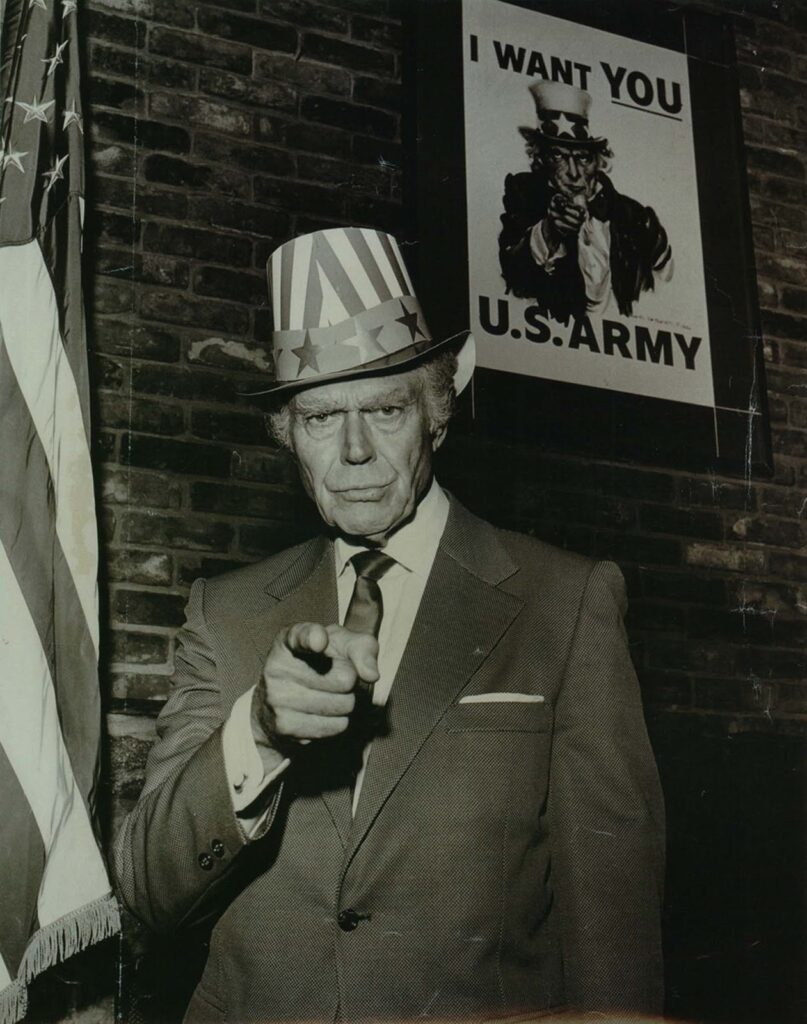
Samuel Wilson, a meat packer from Troy, New York, who fed troops rations during the War of 1812, is supposedly the source of the moniker Uncle Sam. At the time, contractors were expected to mark their name and where the rations originated onto the food they were delivering.
Wilson’s packages bore labels “E.A – US.” Though meant to stand for “United States,” this generated some controversy as at the time the more common shorthand was “U. States.”
Friends and business associates knew Samuel as “Uncle Sam,” for his friendliness and sense of humor. Inspired by his notoriety and the “U.S.,” he stamped on pork barrels army personnel started laughing that their meal came from “Uncle Sam” and dubbing themselves “Uncle Sam’s soldiers.” Following the war, people began to link “Uncle Sam” with everything connected to the American government.
Until James Montgomery Flagg developed the well-known “recruitment” image of Uncle Sam—inspired by a British recruiting poster displaying Lord Kitchener in a similar posture— Uncle Sam did not have a conventional look.
This picture more than any other defined Uncle Sam as the elderly man with white hair and a goatee sporting a white top hat with white stars on a blue band, a blue tail coat, and red and white striped pants.
Some claimed that the famous Uncle Sam first appeared on public view on July 6, 1916, on the front of Leslie’s Weekly magazine. The caption for the long-tailed coat, stove pipe helmet, and sideburns figure was “What Are You Doing for Preparedness?” 1917 and 1918 saw the printing of around four million copies of this picture.
Flagg created Uncle Sam from a modified form of his own face. Flagg hired Indiana-born soldier Walter Botts to pose for him when asked to update the extremely powerful photograph for use in World War Two.
Walter Botts was selected above other models for Flagg’s Army poster “because he had the longest arms, the longest nose, and the bushiest eyebrows,” according his widow’s book. When the artist questioned “Walt, what are you going to do with your long arms, sitting there?” Botts apparently offered the pointing gesture.
The U.S. Congress admitted in 1961 that Uncle Sam was a national icon, something political cartoonists had recognized for years. Resolution honoring “Uncle Sam Wilson of Troy, New York, as the progenitor of America’s National symbol of Uncle Sam” passed Congress
(Photo credit: Jerry Heard / The Library of Congress).


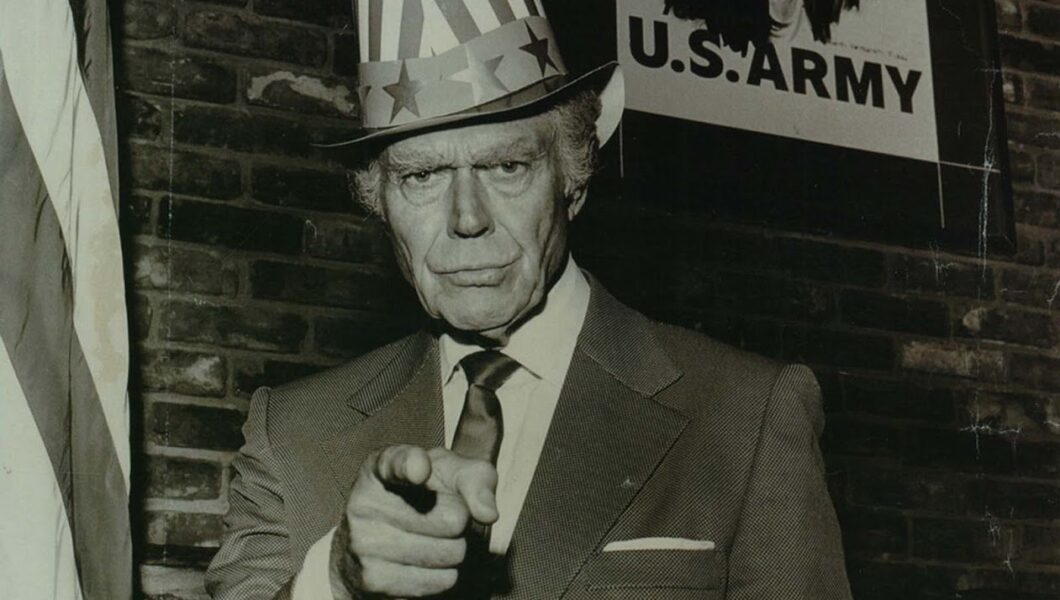
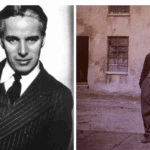

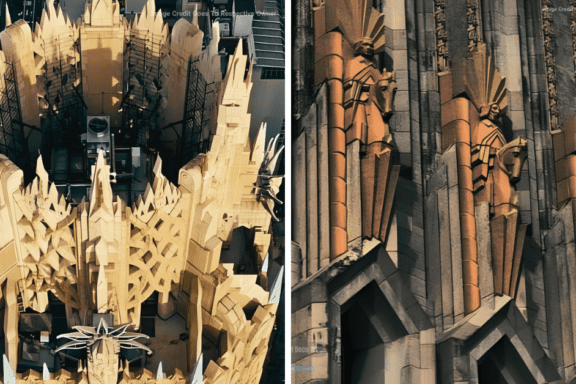
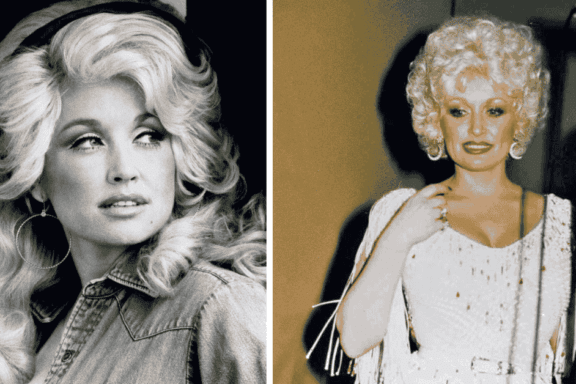

No Comments